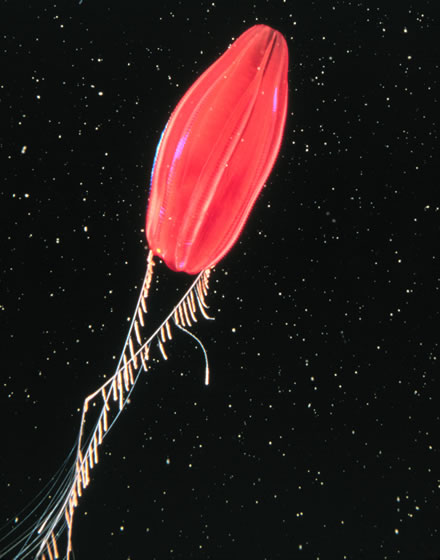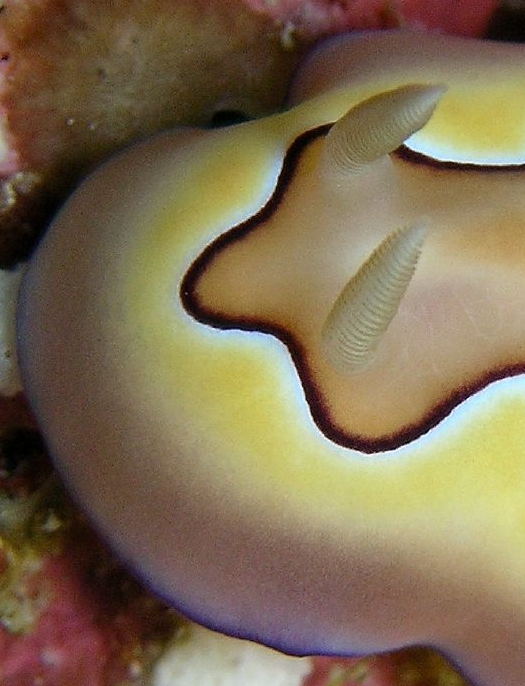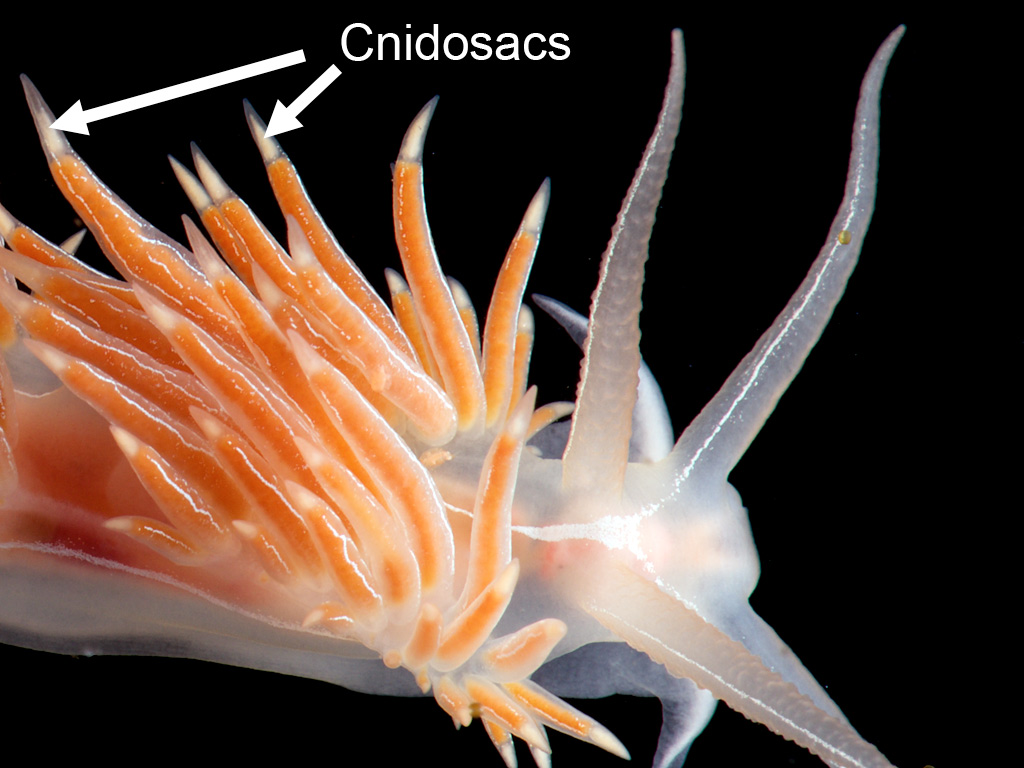|
Bornella Pele
''Bornella pele'' is a species of nudibranch in the family Bornellidae. It is found in waters off Hawaiʻi, Australia, Japan, French Polynesia, and Réunion. The species epithet derives from Pele, the Hawaiian god of volcanoes, due to the nudibranch's red markings. Description ''Bornella pele'' is a small species , growing up to in length. It is long and slug-like in shape. The body is translucent white and speckled with opaque white spots. There are red streaks along the processes A process is a series or set of activities that interact to produce a result; it may occur once-only or be recurrent or periodic. Things called a process include: Business and management *Business process, activities that produce a specific se ... of the back and sides, from the oral tentacles to the base of the rhinopore sheaths, on the cerata and the inner side of the rhinphore sheaths. References External links * {{Taxonbar, from=Q13442429 Marine fauna of Australia Bornellidae ... [...More Info...] [...Related Items...] OR: [Wikipedia] [Google] [Baidu] |
Nudibranch
Nudibranchs () are a group of soft-bodied marine gastropod molluscs which shed their shells after their larval stage. They are noted for their often extraordinary colours and striking forms, and they have been given colourful nicknames to match, such as "clown", "marigold", "splendid", "dancer", "dragon", or "sea rabbit". Currently, about 3,000 valid species of nudibranchs are known.Ocean Portal (2017)A Collage of Nudibranch Colors Smithsonian National Museum of Natural History. Retrieved 17 April 2018. The word "nudibranch" comes from the Latin "naked" and the Ancient Greek () " gills". Nudibranchs are often casually called sea slugs, as they are a family of opistobranchs (sea slugs), within the phylum Mollusca (molluscs), but many sea slugs belong to several taxonomic groups which are not closely related to nudibranchs. A number of these other sea slugs, such as the photosynthetic '' Sacoglossa'' and the colourful Aglajidae, are often confused with nudibranchs. Dist ... [...More Info...] [...Related Items...] OR: [Wikipedia] [Google] [Baidu] |
Bornellidae
''Bornellidae'' is a family of nudibranch sea slug - marine gastropod molluscs in the superfamily Tritonioidea. This family is within the clade Cladobranchia (according to the taxonomy of the Gastropoda by Bouchet & Rocroi, 2005). Description Nudibranch species within the ''Bornellidae'' family have elongated bodies, with pairs of cerata-like dorsal and lateral appendages, with finger-like branches, running along the length of the body. Each of these appendages has an attached cluster of gills. Their rounded head has a tentacle on either side of the mouth, with tiny finger-like papillae. The rhinophores on the head resemble the dorsal appendages. Nudibranchs within this family are believed to feed exclusively on hydroids. Genera * ''Bornella ''Bornella'' is a genus of sea slugs, specifically dendronotid nudibranchs in the family Bornellidae. There has not been much research on this genus. Their biology is mostly unknown, except that they seem to feed exclusively ... [...More Info...] [...Related Items...] OR: [Wikipedia] [Google] [Baidu] |
Zootaxa
''Zootaxa'' is a peer-reviewed scientific mega journal for animal taxonomists. It is published by Magnolia Press ''Magnolia'' is a large genus of about 210 to 340The number of species in the genus ''Magnolia'' depends on the taxonomic view that one takes up. Recent molecular and morphological research shows that former genera ''Talauma'', ''Dugandiodendr ... (Auckland, New Zealand). The journal was established by Zhi-Qiang Zhang in 2001 and new issues are published multiple times a week. From 2001 to 2020, more than 60,000 new species have been described in the journal accounting for around 25% of all new Taxon, taxa indexed in The Zoological Record in the last few years. Print and online versions are available. Temporary suspension from JCR The journal exhibited high levels of self-citation and its journal impact factor of 2019 was suspended from ''Journal Citation Reports'' in 2020, a sanction which hit 34 journals in total. Biologist Ross Mounce noted that high levels of ... [...More Info...] [...Related Items...] OR: [Wikipedia] [Google] [Baidu] |
Pele (deity)
In Hawaiian religion, Pele (pronounced ) is the goddess of volcanoes and fire and the creator of the Hawaiian Islands. Often referred to as "Madame Pele" or "Tūtū Pele" as a sign of respect, she is a well-known deity within Hawaiian mythology and is notable for her contemporary presence and cultural influence as an enduring figure from ancient Hawaii. Epithets of the goddess include ''Pele-honua-mea'' ("Pele of the sacred land") and ''Ka wahine ʻai honua'' ("The earth-eating woman"). In different stories talking about the goddess Pele, she was born from the female spirit named Haumea. This spirit is important when talking about Hawaiʻi's gods as she descended from Papa, or Earth Mother, and Wakea, Sky Father, both descendants of the supreme beings. Pele is also known as "She who shapes the sacred land," known to be said in ancient Hawaiian chants. The first published stories of Pele were written by William Ellis. Legends Kīlauea is a currently active volcano that is locat ... [...More Info...] [...Related Items...] OR: [Wikipedia] [Google] [Baidu] |
Limaciform
{{Short pages monitor ... [...More Info...] [...Related Items...] OR: [Wikipedia] [Google] [Baidu] |
Process (anatomy)
In anatomy, a process ( la, processus) is a projection or outgrowth of tissue from a larger body. For instance, in a vertebra, a process may serve for muscle attachment and leverage (as in the case of the transverse and spinous processes), or to fit (forming a synovial joint), with another vertebra (as in the case of the articular processes).Moore, Keith L. et al. (2010) ''Clinically Oriented Anatomy'', 6th Ed, p.442 fig. 4.2 The word is used even at the microanatomic level, where cells can have processes such as cilia or pedicels. Depending on the tissue, processes may also be called by other terms, such as ''apophysis'', '' tubercle'', or ''protuberance''. Examples Examples of processes include: *The many processes of the human skull: ** The mastoid and styloid processes of the temporal bone ** The zygomatic process of the temporal bone ** The zygomatic process of the frontal bone ** The orbital, temporal, lateral, frontal, and maxillary processes of the zygomati ... [...More Info...] [...Related Items...] OR: [Wikipedia] [Google] [Baidu] |
Tentacle
In zoology, a tentacle is a flexible, mobile, and elongated organ present in some species of animals, most of them invertebrates. In animal anatomy, tentacles usually occur in one or more pairs. Anatomically, the tentacles of animals work mainly like muscular hydrostats. Most forms of tentacles are used for grasping and feeding. Many are sensory organs, variously receptive to touch, vision, or to the smell or taste of particular foods or threats. Examples of such tentacles are the eyestalks of various kinds of snails. Some kinds of tentacles have both sensory and manipulatory functions. A tentacle is similar to a cirrus, but a cirrus is an organ that usually lacks the tentacle's strength, size, flexibility, or sensitivity. A nautilus has cirri, but a squid has tentacles. Invertebrates Molluscs Many molluscs have tentacles of one form or another. The most familiar are those of the pulmonate land snails, which usually have two sets of tentacles on the head: when e ... [...More Info...] [...Related Items...] OR: [Wikipedia] [Google] [Baidu] |
Rhinophore
A rhinophore is one of a pair of chemosensory club-shaped, rod-shaped or ear-like structures which are the most prominent part of the external head anatomy in sea slugs, marine gastropod opisthobranch mollusks such as the nudibranchs, sea hares ( Aplysiomorpha), and sap-sucking sea slugs ( Sacoglossa). Etymology The name relates to the rhinophore's function as an organ of "smell". ''Rhino-'' means nose from Ancient Greek ῥίς ''rhis'' and from its genitive ῥινός ''rhinos''. "Phore" means "to bear" from New Latin ''-phorus'' and from Greek -phoros (φορος) "bearing", a derivative of ''phérein'' (φέρειν). Function Rhinophores are scent or taste receptors, also known as chemosensory organs situated on the dorsal surface of the head. They are primarily used for distance chemoreception and rheoreception (response to water current). The "scents" detected by rhinophores are chemicals dissolved in the sea water. The fine structure and hairs of the rh ... [...More Info...] [...Related Items...] OR: [Wikipedia] [Google] [Baidu] |
Cerata
:''The tortrix moth genus ''Cerata'' is considered a junior synonym of ''Cydia. Cerata, singular ceras, are anatomical structures found externally in nudibranch sea slugs, especially in aeolid nudibranchs, marine opisthobranch gastropod mollusks in the clade Aeolidida. The word ceras comes from the Greek word "κέρας", meaning "horn", a reference to the shape of these structures. Cerata are dorsal and lateral outgrowths on the upper surfaces of the body of these nudibranchs. Function Cerata greatly extend the surface area of nudibranchs and aid in respiration, the process of gas exchange for metabolic use. Cerata are also used, in some cases, for attack and defense. In many aeolid nudibranchs, the digestive system extends into the cerata. These nudibranchs eat stinging celled animals (Cnidarians) such as anemones, hydroids and sea fans or Portuguese men o' war. The stinging cells or nematocyst A cnidocyte (also known as a cnidoblast or nematocyte) is an explosi ... [...More Info...] [...Related Items...] OR: [Wikipedia] [Google] [Baidu] |
Marine Fauna Of Australia
Marine is an adjective meaning of or pertaining to the sea or ocean. Marine or marines may refer to: Ocean * Maritime (other) * Marine art * Marine biology * Marine debris * Marine habitats * Marine life * Marine pollution Military * Marines, a naval-based infantry force ** United States Marine Corps ** Royal Marines of the UK ** Brazilian Marine Corps ** Spanish Marine Infantry ** Fusiliers marins (France) ** Indonesian Marine Corps ** Republic of China Marine Corps ** Republic of Korea Marine Corps ** Royal Thai Marine Corps *"Marine" also means "navy" in several languages: ** Austro-Hungarian Navy () ** Belgian Navy (, , ) ** Royal Canadian Navy () *** Provincial Marine (1796–1910), a predecessor to the Royal Canadian Navy ** Navy of the Democratic Republic of the Congo () ** Royal Danish Navy () ** Finnish Navy (, ) ** French Navy () ** Gabonese Navy () ** German Navy () ** Royal Moroccan Navy () ** Royal Netherlands Navy () ** Swedish Navy () Places * Marine ... [...More Info...] [...Related Items...] OR: [Wikipedia] [Google] [Baidu] |




